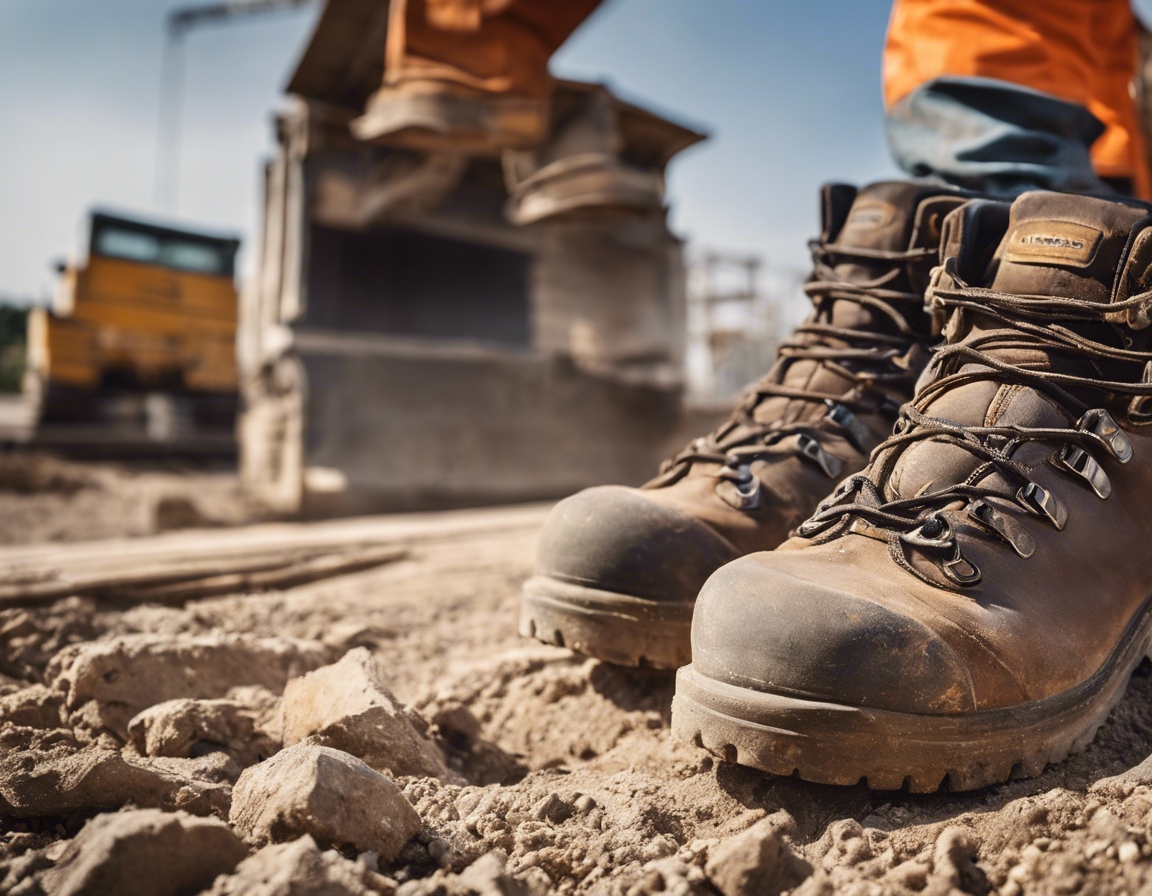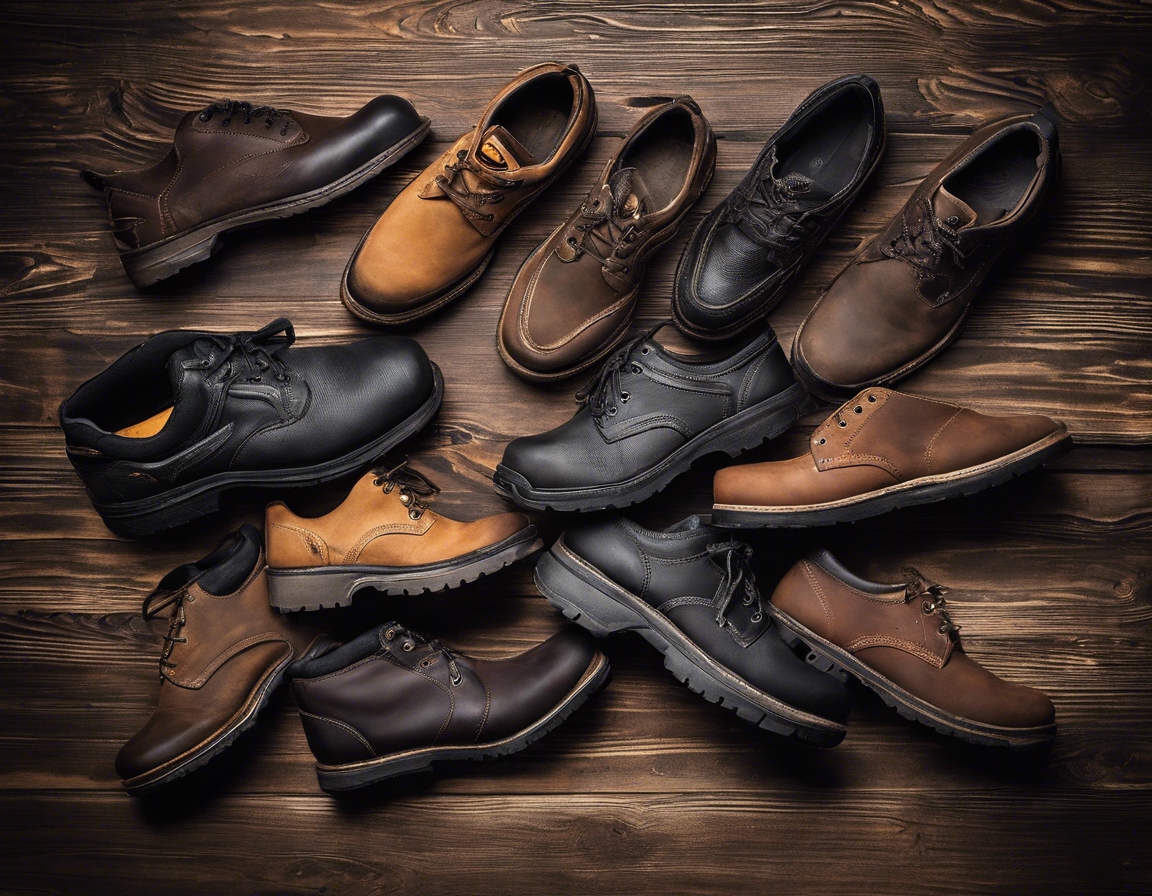Why comfort matters: the science behind work footwear
For professionals in demanding industries, the right work footwear is not just a matter of protection; it's a cornerstone of daily comfort and overall well-being. Comfortable work footwear can make the difference between a productive day on the job and one plagued by distraction and pain.
Comfort is a complex concept that involves physiological, psychological, and environmental factors. Scientifically, it's about how well a shoe can absorb shock, provide support, and conform to the individual's foot shape, reducing stress on the feet, legs, and back.
The Anatomy of Comfortable Work Footwear
Materials play a pivotal role in the comfort and longevity of work footwear. Leather, for example, is renowned for its durability and ability to mold to the foot, while modern synthetic materials offer breathability and waterproofing without sacrificing comfort.
Key design features such as padded collars, cushioned insoles, and supportive arches are integral to comfortable footwear. These elements work together to provide a snug fit that minimizes foot movement within the shoe and reduces the risk of blisters and other discomforts.
Advancements in footwear technology have led to the development of innovative features like memory foam insoles, gel pads, and moisture-wicking linings, all designed to enhance comfort for the wearer throughout the workday.
Ergonomics and Biomechanics of Work Footwear
Ergonomics is the science of designing products to fit the users, and in the context of work footwear, it means creating shoes that support natural foot movement and body mechanics, reducing strain and fatigue.
Biomechanics, the study of movement and structure of living organisms, is crucial in designing work footwear. A shoe that aligns with the biomechanical needs of the foot can prevent injuries and enhance comfort.
Health Implications of Uncomfortable Work Footwear
Uncomfortable footwear can lead to immediate issues like blisters, corns, and calluses, and over time contribute to more serious conditions such as plantar fasciitis, back pain, and joint stress.
Beyond personal health, uncomfortable work footwear has economic implications, including increased healthcare costs, lost work time, and decreased productivity, highlighting the importance of investing in quality, comfortable footwear.
Comfort, Productivity, and Job Satisfaction
Comfortable work footwear can significantly impact productivity. Workers who are not distracted by foot pain are more focused, efficient, and less prone to accidents.
There's a strong correlation between comfort and job satisfaction. Workers who are comfortable are more likely to be content and engaged with their work, leading to better job performance and lower turnover rates.
Choosing the Right Work Footwear
Choosing the right work footwear involves considering the specific demands of the work environment, such as the need for slip resistance, toe protection, or electrical hazard safety.
When selecting work footwear, look for features that ensure comfort, such as proper fit, adequate cushioning, arch support, and flexibility. These features are essential for maintaining foot health and comfort throughout long work hours.





Comments (0)